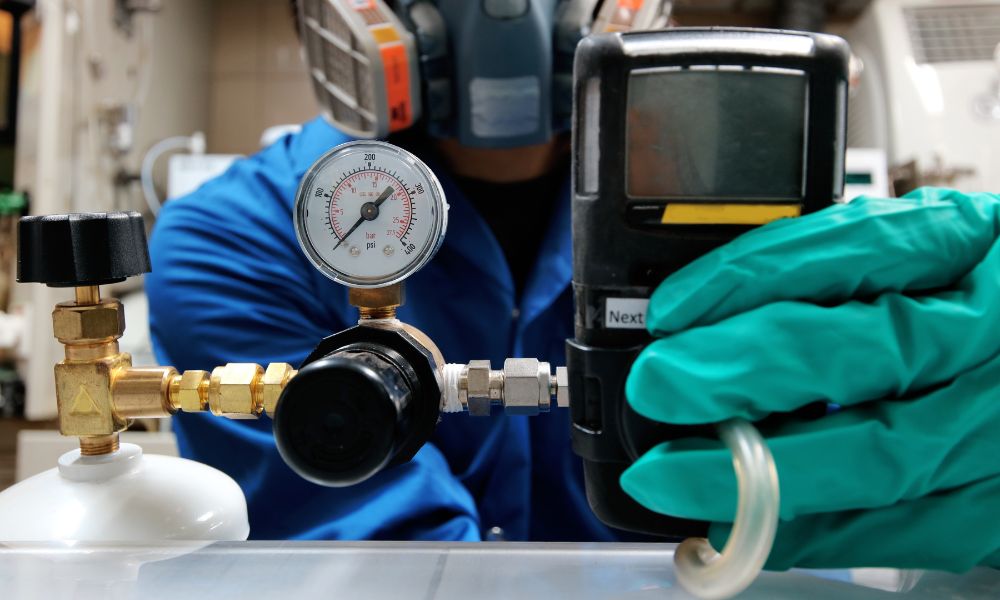
Gas detectors serve as unsung heroes in various industries, but they are critical for maintaining safety and operational efficiency. These devices are specifically engineered to identify harmful gases, such as ammonia and carbon dioxide (CO2), and alert personnel to potential hazards. To ensure you purchase the correct devices for your application, check out this guide on the three key things to know about gas detectors and how they work.
The Basics of Gas Detection
Gas detectors are an integral part of safety protocols in various industries. These devices are specifically designed to detect the presence of certain gases in an environment, primarily those which could be potentially harmful. The main function of a gas detector is to alert individuals when the concentrations of such gases exceed safe limits, thereby preventing possible exposure that could lead to harm or damage.
These detectors can identify a wide spectrum of gases, including but not limited to ammonia, carbon dioxide, and combustible gases. They work through a combination of technologies that include infrared sensors, ultrasonic sensors, and semiconductor sensors. For instance, infrared sensors measure gas concentrations by detecting the specific wavelengths the gas absorbs. On the other hand, semiconductor sensors change their electrical resistance when exposed to different gases. Understanding these mechanisms is essential for ensuring proper functioning and maintenance of these crucial safety devices.
The Science Behind These Devices
A gas detector comprises several components, each playing a significant role in the detection process. The main parts include a sensor, a control unit, and an alarm system. The sensor is the heart of the detector, responsible for identifying the presence of specific gases. It does so by reacting to the chemical properties of the gas, causing a noticeable change that signals the presence of the gas.
These sensors send this information to the control unit, a microprocessor that interprets these signals into readable data. The control unit monitors the levels of the detected gases and triggers the alarm system when these levels exceed the predetermined safety limits. The alarm system then alerts personnel through visual or audible signals. Essentially, these components work in harmony to detect and warn against potentially hazardous gas levels, ensuring the safety of the environment and the people within it.
Different Types of Detectors and Their Industrial Applications
Ammonia detectors and carbon dioxide detectors are the most common types of industrial gas detectors. Ammonia detectors are crucial in industries such as agriculture, refrigeration, and wastewater treatment, where ammonia is commonly used or produced. CO2 detectors, often employed in breweries, greenhouses, and air quality control systems, usually utilize non-dispersive infrared (NDIR) technology to measures gas concentrations based on the amount of infrared light absorbed by CO2 molecules.
These three key things to know about gas detectors and how they work can help you find the most suitable gas detection equipment for your application. To ensure the safety and efficiency of your industrial operations, reach out to CTI for your gas detection needs. As one of the industry’s leading gas detector manufacturers, we are committed to providing solutions tailored specifically to your requirements.

